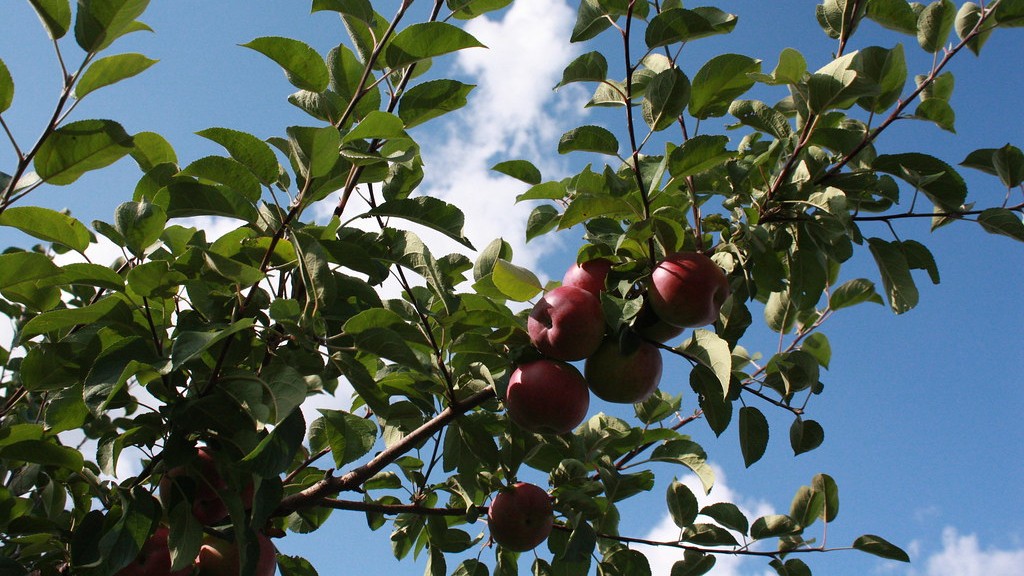Overview of Orchid Types
Orchids come in a wealth of different types, ranging from terrestrial to epiphytic plants. Each of these types requires slightly different climates and growing instructions. Terrestrial orchids, also known as soil-grown orchids, are the easiest to care for, as they generally thrive in moist soil and don’t need to be fixed onto objects. On the other hand, epiphytic orchids, also known as air plants, tend to have thicker and more durable roots, and need to be tied onto something in order to secure to their environment.
Orchids can belong to the genus Cymbidium, Cattleya, Dendrobium, Phalaenopsis and many more. The most popular type of epiphytic orchid for the purpose of tying it to a palm tree is the monopodial orchid, as it loves warm climates and climbs easily, making it a great candidate for tying.
What You Will Need
Tying an orchid to a palm tree is quite a simple task and requires minimal materials and tools. The things you will need for this project are as follows:
- Scissors
- Gardening twine
- Gardening glue
- Pruning shears or pruning saw (optional)
The Steps
Now that we’ve discussed what is required for this project, let’s dive into the steps that you need to take in order to tie an orchid to a palm tree.
- Start by preparing the orchid for the tying process. Depending on the type of orchid and the size of the pot, you may need to use pruning shears or pruning saw in order to remove some roots from the pot. Make sure that the roots are not damaged during this process.
- Once the roots are properly prepped, you will need to tie the orchid to the palm tree. Start by selecting a spot that can support the weight of the orchid, and then use gardening twine to tie the orchid around the trunk of the tree. Make sure there is enough slack in the twine so that the orchid can move around while it is growing.
- The last step is to secure the twine to the trunk of the tree with the help of gardening glue. This will prevent the orchid from sliding off the trunk and will ensure that the orchid is securely tied.
Tips For Successful Orchid Tying
When it comes to tying an orchid to a palm tree, there are some essential tips that you need to follow in order to ensure that the process is successful.
- Make sure the spot you select for tying is free from predators such as insects and rodents.
- Ensure the orchid is far away from any sources of direct sunlight, as the leaves may burn otherwise.
- Choose a spot that does not receive any direct water from rain or irrigation, as this could cause the orchid to rot.
- Make sure the orchid is securely tied as it grows, as weak ties may lead to it slipping off the tree.
- Tie the orchid in an area where it can get plenty of fresh air.
Initiating Live Orchid Growing
Once you have secured the orchid to the palm tree and followed all the tips, the orchid should start to grow within a few weeks. You can expect to see new shoots starting to form and the orchid should start to get its vibrant color. The orchid should be able to thrive in its new environment without the need for any additional attention or care.
Potting The Orchid
It is recommended to pot the orchid after a few weeks of it growing. To do this, you will need to remove the orchid from the tree and secure it in a pot. This will enable you to remove the orchid from the tree if necessary, and also give the orchid more space to grow and flourish.
Signs of Unhealthy Orchid
Although the orchid may start to grow in its new environment, it is still important to pay attention to the signs and symptoms of an unhealthy orchid. If you notice that the orchid leaves are wilting or turning yellow, or the roots are decaying, then you should consider repotting the orchid or removing it from the tree.
Fertilizing The Orchid
Once the orchid has grown for a few weeks and you have successfully potted it, you should start to fertilize the plant. This will ensure that the orchid is getting all the nutrients it needs and will help it to thrive in its new home. Generally, it is best to use a fertilizer specifically designed for orchids, as this will ensure that the orchid is getting all the nutrients it needs.
Types of Orchid Fertilizers
When it comes to fertilizing orchids, there are a few different types of fertilizers that you can choose from. The most commonly used are water-soluble fertilizers and slow-release fertilizers. Water-soluble fertilizers are the easiest to use, as they just require you to dissolve the fertilizer in water and then apply to the orchid. Slow-release fertilizers, on the other hand, release the nutrients gradually over time, and are great for plants that may not require a lot of nutrients.
Fertilizing Timings
The frequency of fertilizing your orchid depends on the type of fertilizer you are using. If you are using a water-soluble fertilizer, you may want to fertilize the orchid monthly, but only in small amounts. If you are using a slow-release fertilizer, fertilizing every three months should suffice.
Troubleshooting Orchid Tying
Sometimes, orchids may not take to the tree and may not start to grow as expected. In this case, it is best to remove the orchid from the tree and try to tie it again. This may require some adjustment, such as choosing a spot that is more suitable for the orchid, or using a different tying method. Additionally, you may want to check the roots of the orchid, as the roots may be tangled or matted, making it difficult for the orchid to take to the tree.
Protection From Predators
Orchids may also be susceptible to predators such as insects and rodents. It is important to look out for signs of these predators and take steps to protect the orchids. This can include covering the orchid with a net or covering the tree trunk with a rodent-proof material. Additionally, you may want to place the orchid in an area where it is less likely to attract predators, such as in a sheltered area or in a spot where it is difficult to access.
Conclusion
Tying an orchid to a palm tree is a great way to add a stunning beauty and charm to your home or garden. Although the process requires some careful preparation and attention to detail, it is relatively straightforward and can be done with minimal materials. Once the orchid is securely tied to the tree, you should begin to see new shoots forming and the orchid should start to grow in the new environment. Just make sure to consistently check the orchid for any signs of predators and take steps to protect it from any potential threats.



